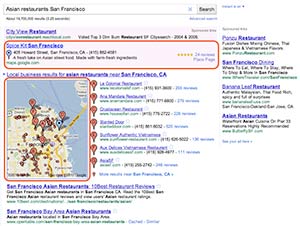Getting a bad review online can be maddening, but don’t make it worse by responding without putting in a lot of thought to how your own response will be perceived by other future customers.
I have a client who had a very poor review. When you are in business, you can’t please everyone, but in this case the office manager shot off a rebuttal that when I read it, I just cringed. It made a bad situation much worse. It portrayed the office staff as angry, resentful, argumentative, and vindictive. OUCH!
Sometimes a bad review can be a wakeup call. When you get a bad review, step back and look at it, could it be truthful, or have a grain of truth to it? It is very important to take a careful look to make sure that there is not a change needed on your part such as a change in office policy, customer service, or staff retraining.
If you feel that a rebuttal must be made. Focus on the positive, express concern for a problem, offer special attention from top management to repair the situation. Encourage the reviewer to recontact the office for a refund, redo, or credit on future service. Don’t write a hot rebuttal that trashes the reviewer or accuses them of being unfair or dishonest. This will only work to hurt you and make you look like the review was really true based on your hot angry response.
You can’t fight unfair reviews, but you can work to soften the blow and maybe even become better by taking the review as constructive criticism. Just be careful in your response and work to repair a poor situation not to make it worse with your own comments.

